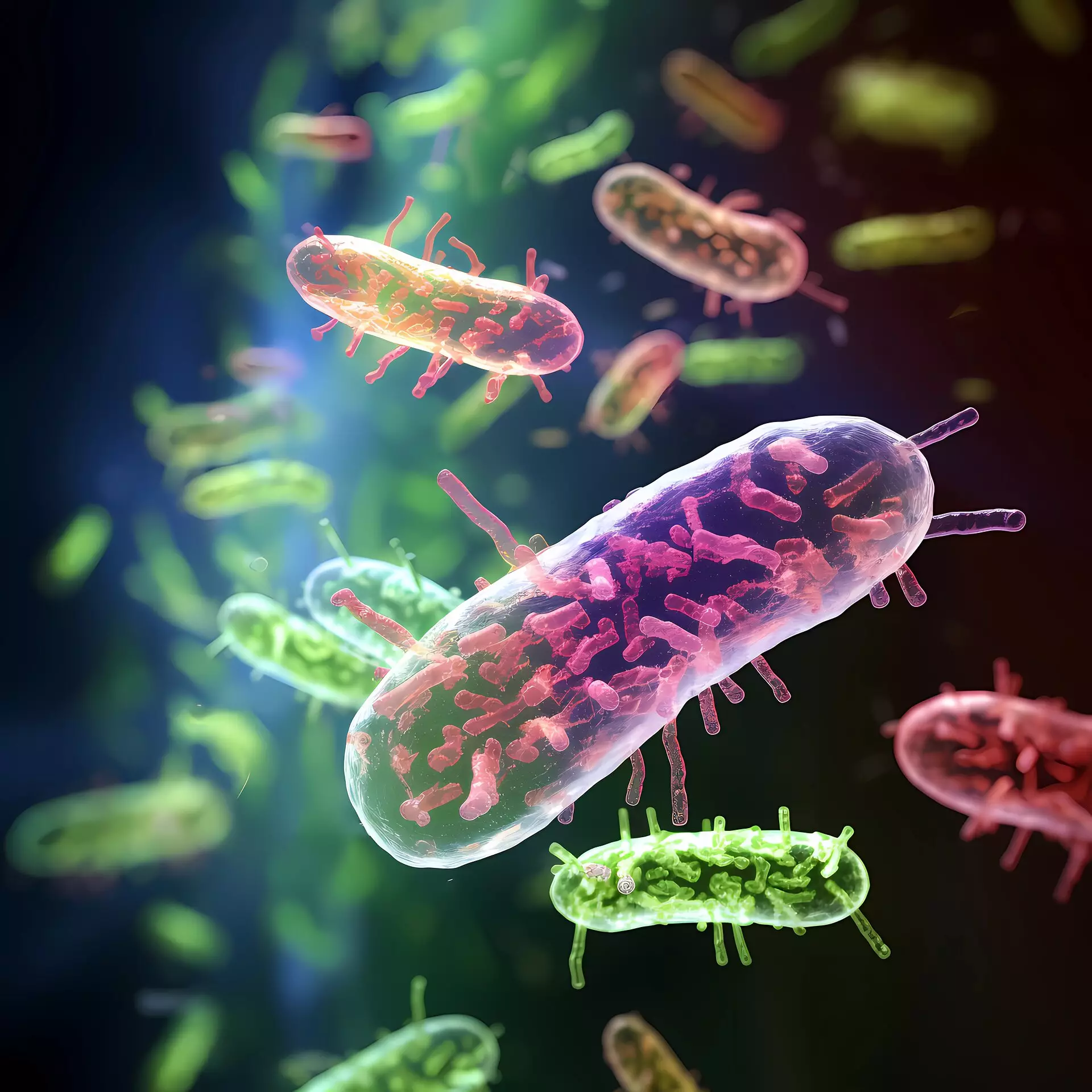Recent advancements in our understanding of active matter, particularly through the research spearheaded by Professor Xu Ning at the University of Science and Technology of China (USTC), shine a light on the complex interplay of self-propulsion and shear forces. Active matter, inherently non-equilibrium, comprises entities that exhibit spontaneous movement fueled by energy derived from themselves or their surroundings. This includes not only microscopic life forms but extends into multifaceted systems present in nature and technology. The implications of this research are broad, touching on various fields, from biology to materials science.
A New Paradigm: Collective Motion and Shear Systems
Professor Ning’s team posits an intriguing hypothesis: the collective motion behaviors observed in active matter systems mirror the dynamics found in sheared systems. This is particularly groundbreaking given that these two categories operate under fundamentally different principles. Their study aims to bridge the conceptual gap between these systems, thereby enriching our understanding of physical phenomena. The notion that there might exist underlying similarities between self-propelled individuals and mechanical systems subjected to shear forces brings a refreshing perspective that challenges conventional wisdom.
Investigating Viscosity Dynamics
One of the most compelling aspects of Ning’s research involves viscosity changes in active matter. The findings suggest that these changes bear resemblance to those observed in traditional shear systems. This is particularly significant because traditional Newtonian fluids maintain stable viscosity regardless of shear stress. The uniqueness of active matter comes from its intrinsic ability to disrupt percolating particle clusters—essentially, the organized structure that often stabilizes fluids. When active forces randomly deviate, they catalyze a breaking down of these clusters, leading to a marked reduction in viscosity.
Such insights are not merely academic; they could transform various applications, especially in biomedical fields where the behavior of cellular and bacterial systems can directly influence transport phenomena.
From Micro to Macro: Implications and Applications
The research has powerful implications beyond the theoretical realm. By elucidating the mechanics of how active matter behaves similarly to shear systems, this work opens new avenues for innovation, particularly in designing smarter materials or devising better methods for manipulating biological systems. For instance, understanding the superfluid-like phenomena exhibited by E. coli can revolutionize how we approach fluid dynamics in medical applications, potentially leading to new ways of drug delivery or bacterial control in industrial processes.
This intersection of seemingly disparate fields is a testament to the universality of physical laws and their embedded phenomena across scale and context. As we continue to unravel these complexities, one can only speculate on the future advancements that this research could engender.
The Road Ahead: Future Research Directions
As Professor Ning and his team forge ahead with their innovative inquiries, it’s essential to recognize that we are merely scratching the surface. The exploration of active matter and its correlation with shear forces not only enriches fundamental science but also paves the way for application-driven research. Future investigations could explore optimizing these dynamic systems for various industrial applications or deeply diving into the biological implications of collective motion in microorganisms.
The work being done on active matter is a profound leap forward, merging insights about fluid dynamics and biological behavior. The challenges and capabilities inherent to active matter present an exciting frontier for researchers, promising a plethora of discoveries that will undoubtedly resonate through science and technology for years to come.

